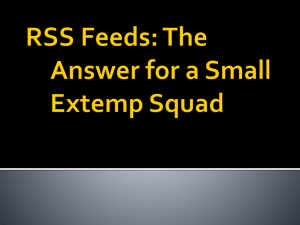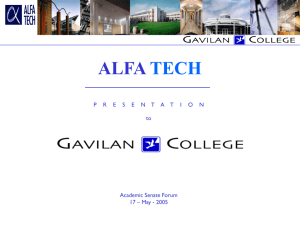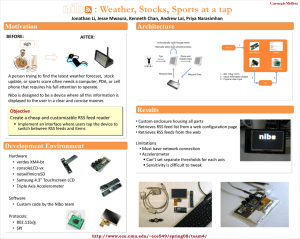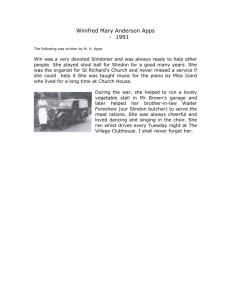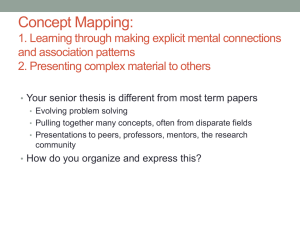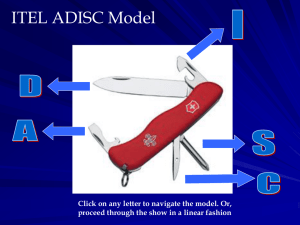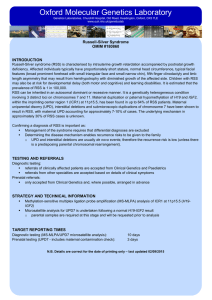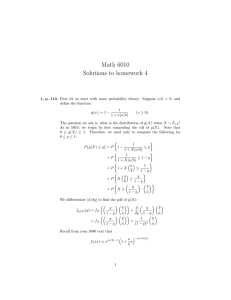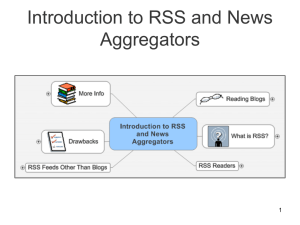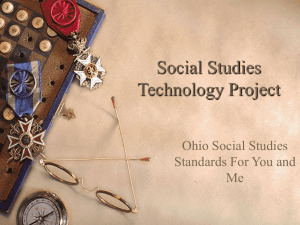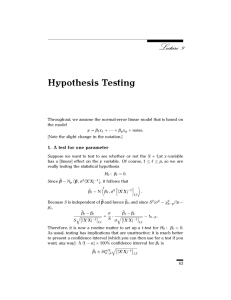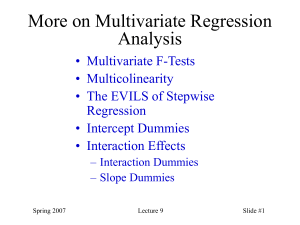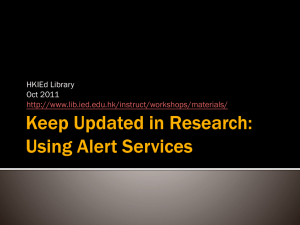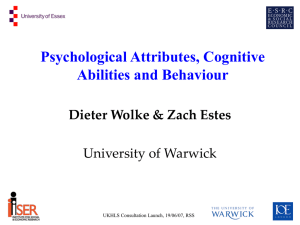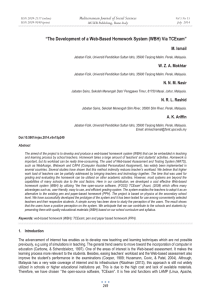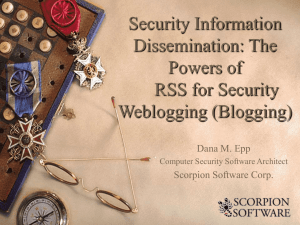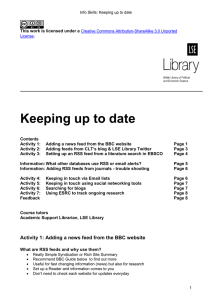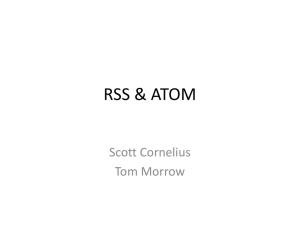Web 2.0 - TIC1CMartinSancho
advertisement
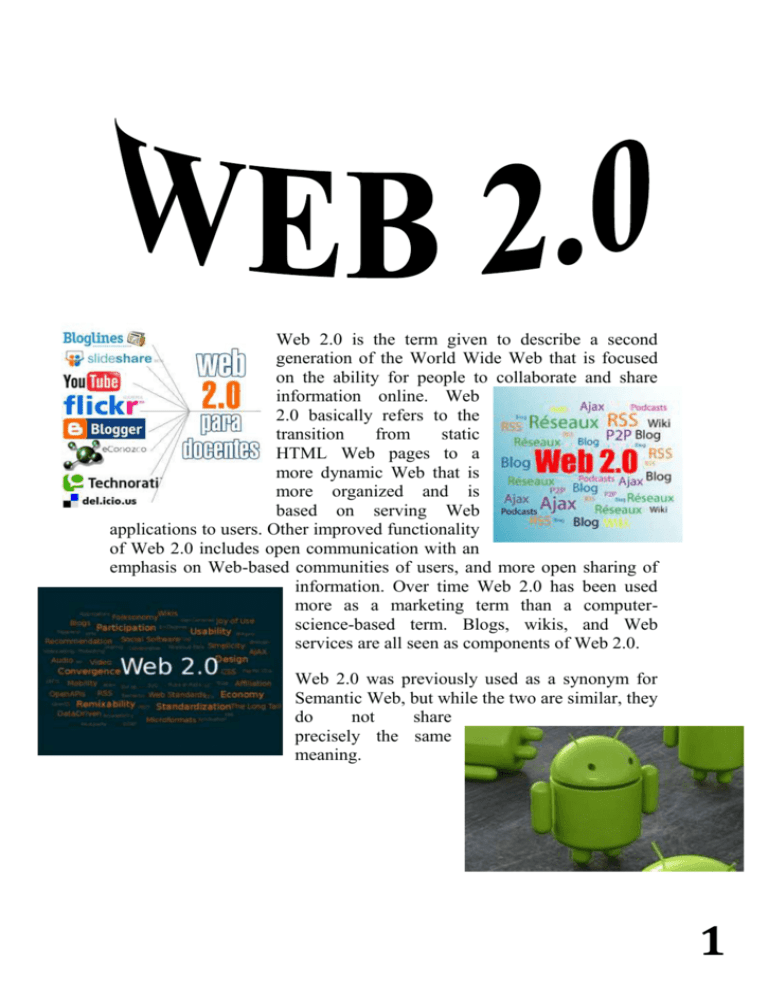
Web 2.0 is the term given to describe a second generation of the World Wide Web that is focused on the ability for people to collaborate and share information online. Web 2.0 basically refers to the transition from static HTML Web pages to a more dynamic Web that is more organized and is based on serving Web applications to users. Other improved functionality of Web 2.0 includes open communication with an emphasis on Web-based communities of users, and more open sharing of information. Over time Web 2.0 has been used more as a marketing term than a computerscience-based term. Blogs, wikis, and Web services are all seen as components of Web 2.0. Web 2.0 was previously used as a synonym for Semantic Web, but while the two are similar, they do not share precisely the same meaning. 1 DIFFERENCES BETWEEN WEBS 1.0. - WEB 2.0. WEB 1.0. WEB 2.0. Unilateral Insufficient updates Inability to test web Individual intelligence Outdated tools and without possibility of better Limited resources Feedback Social participation Continuous improvement Collective intelligence Better tools All resources Freedom of use APPS FOR WEB 2.0 SOCIAL NETWORKS: o TWITTER: is an online social networking service and microblogging service that enables its users to send and read text-based posts of up to 140 characters, known as "tweets" o FACEBOOK: is a social networking website that was originally designed for college students, but is now open to anyone 13 years of age or older. APPLICATIONS TO PUBLISH/ DISSEMINATE AND FIND INFORMATION: o PODCAST: type of digital media consisting of an episodic series of filessubscribed to and downloaded through web syndication. o YOUTUBE: is a video-sharing website,on which users can upload, view and share videos APPLICATIONS TO SEARCH / ACCESS INFORMATION THAT INTERESTS US ALWAYS BE WELL UPDATED: o RSS: is a family of web feed formats used to publish frequently updated works—such as blog entries, news headlines, audio, and video—in a standardized format. o Bloglines: is a web-based news aggregator for reading syndicated feeds using the RSS and Atom formats 2 APPS FOR EDUCATION Leafsnap: is the first in a series of electronic field guides being developed by researchers from Columbia University, the University of Maryland, and the Smithsonian Institution. This free mobile app uses visual recognition software to help identify tree species from photographs of their leaves. Leafsnap contains beautiful high-resolution images of leaves, flowers, fruit, petiole, seeds, and bark. Leafsnap currently includes the trees of New York City and Washington, D.C., and will soon grow to include the trees of the entire continental United States. This website shows the tree species included in Leafsnap, the collections of its users, and the team of research volunteers working to produce it. CD Rayuela: o Objectives: Promote the use of new technologies among teachers of the Institute and its application in the teaching of the various centers Promote the development and use of multimedia classrooms and classrooms of the Institute Cervantes. Offer language teacher’s generally easy to use tool to which everyone can develop their own interactive learning materials. 3
